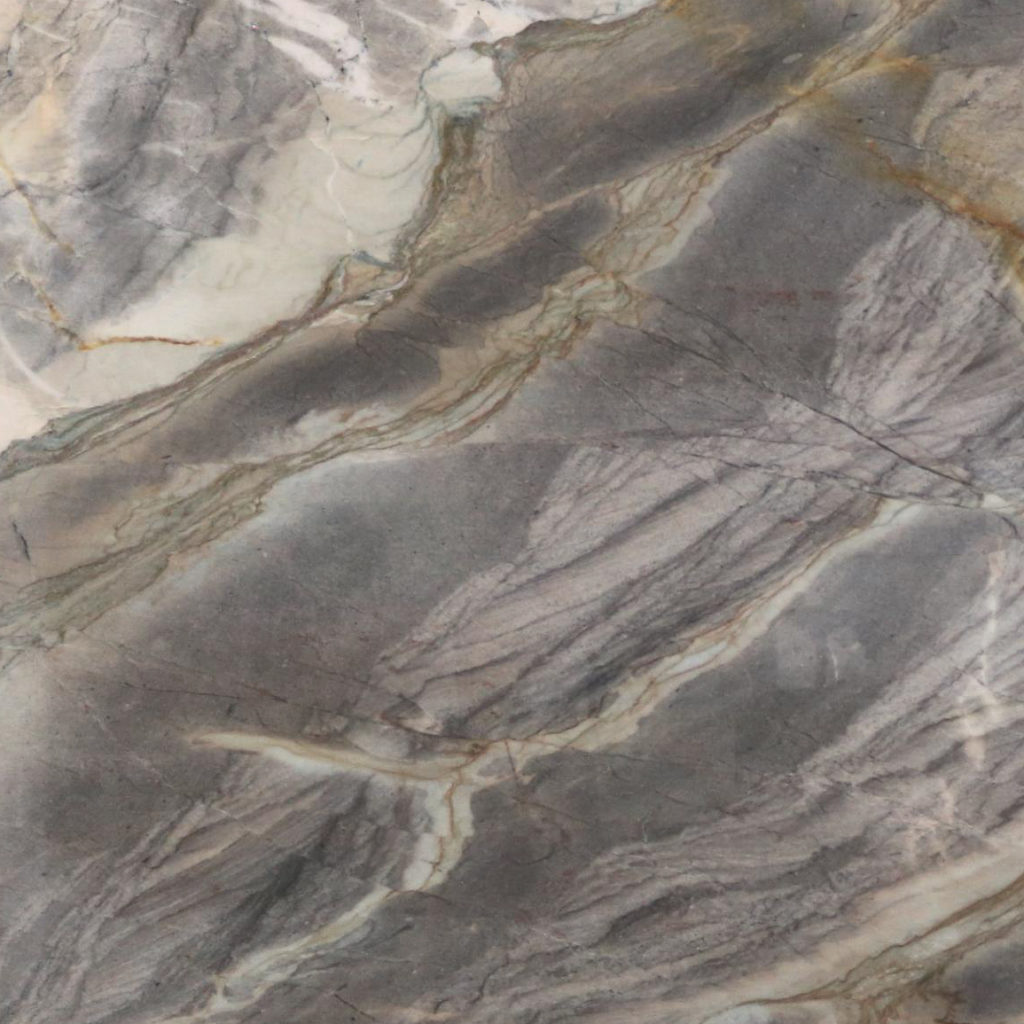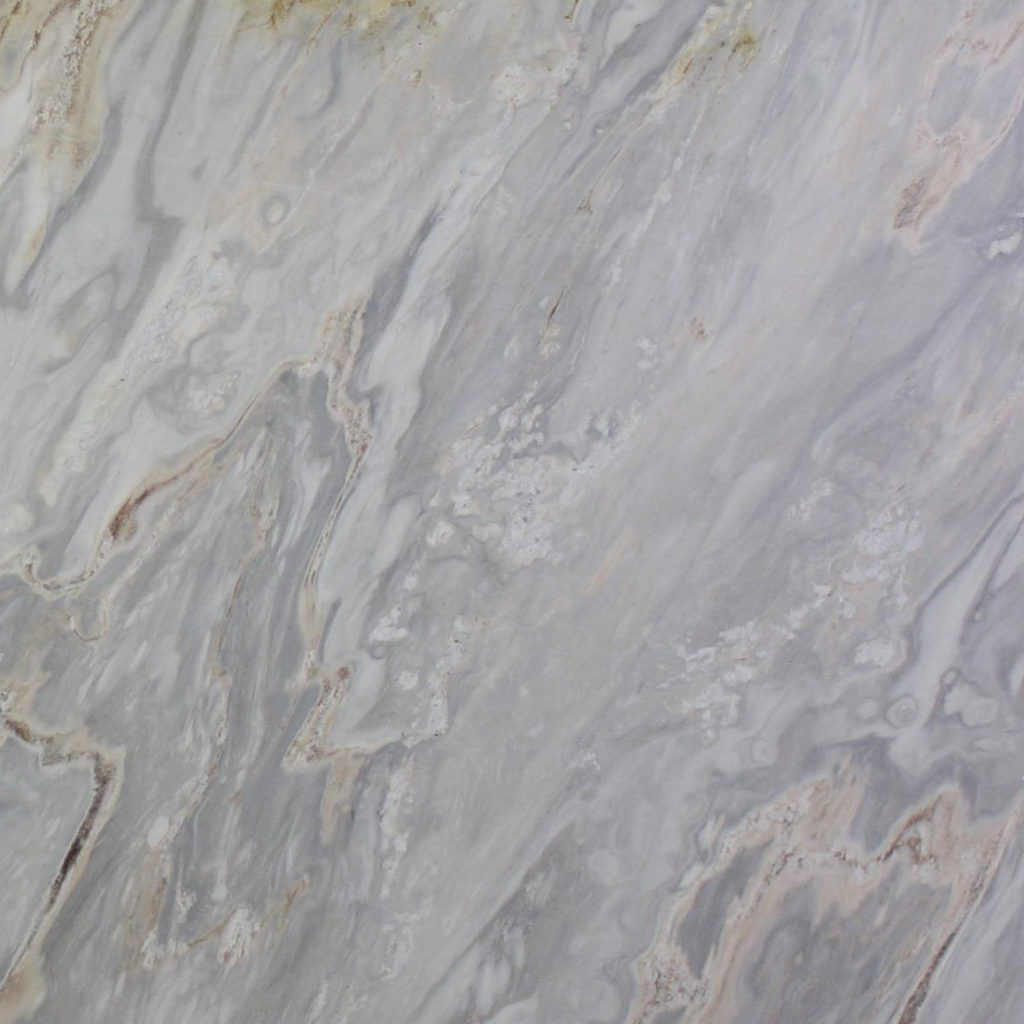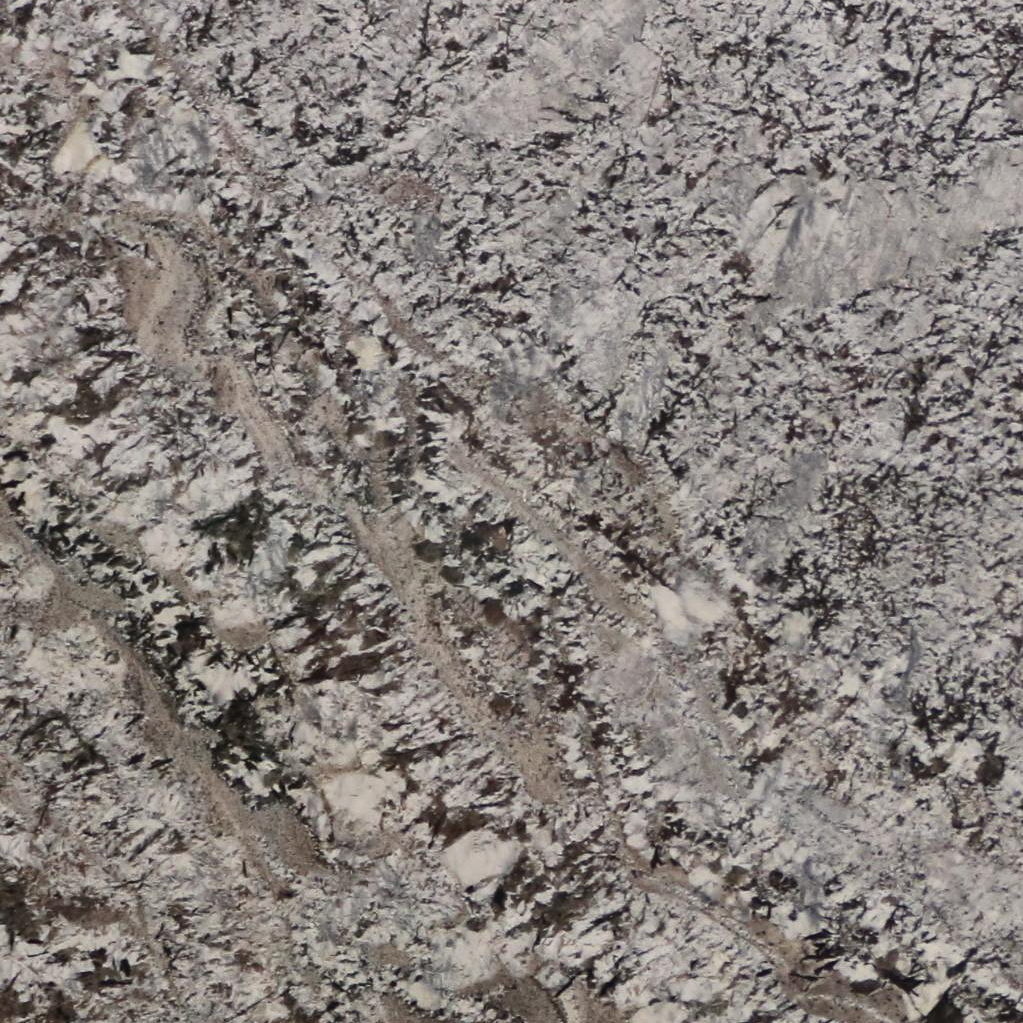What Is The Difference Between Quartzite, Marble and Granite?



Quartzite vs Marble vs Granite
Quartzite, Marble or Granite? Which do you choose?
Are you dreaming of a stunning and durable countertop for your kitchen or a luxurious stone floor to elevate the aesthetics of your home? Then, it’s time to delve into the fascinating world of natural stone! But with so many options available, how do you choose between quartzite, marble, and granite? Fear not! In this blog post, we will decode these three popular choices, unravel their unique characteristics, and help you make an informed decision that perfectly suits your style and needs. So get ready to embark on a journey through elegance and durability as we explore the captivating realm of quartzite vs. marble vs. granite!
Quartzite is a metamorphic rock that began as sandstone. When exposed to tremendous pressure and heat, the individual sand grains in sandstone fuse together to create a dense rock consisting almost entirely of quartz. Because natural sand is typically pale beige, gray, or white, those are the colors normally found in quartzite. Different shades such as blue, green, or pink may occur when other minerals are present as well.
Quartzite is a unique natural stone that offers durability, versatility, and beauty. Its high hardness and wide range of colors make it a popular choice for both residential and commercial design projects. Whether you are considering quartzite for your kitchen countertops or as flooring in your living room, understanding its characteristics will help you make an informed decision on whether it’s the right material for your space.
Marble has been used for millennia for building construction, sculpture, flooring, and other purposes. Like quartzite, marble is a metamorphic stone, but it originated as limestone instead of sandstone. It is primarily made of calcium carbonate, and the purest marble is sparkling white. You can see tiny calcite crystals within the stone. Also similar to quartzite, varying colors and veining found in marble result from mineral impurities.
Because it is a softer type of stone, marble might not seem to be the best choice for a kitchen or bathroom countertop. However, this gives it the advantage of being easier to cut and carve. So, it’s more compatible with fancy countertop edges and other types of shaping. Another advantage of marble countertops is heat resistance, but it’s marble’s ability to stay cool that makes it a favorite surface for chefs — it’s ideal for rolling out pastry, which needs to stay at a constant temperature to turn out perfectly.
Granite is formed differently than the other two natural stones in this article. It is an igneous rock, which means that it’s created when molten lava or magma cools, deep inside the earth, under high pressure. It’s a combination of several different minerals, occurring in varying proportions. The three main components of granite are feldspar, quartz, and mica, and the inclusion of other minerals provides a wide variety of granite colors.
Although quartzite is slightly harder on the Mohs scale, granite is an extremely tough, durable stone. Despite this hardness, it’s easily customized with edge treatments and different surface textures, such as polished, honed, or brushed. It’s water- and stain-resistant but still needs to be sealed about once a year to stay looking its best. It’s hard to scratch, so it can stand up to decades of heavy use by an active family. And, if your granite countertop should scratch or chip, a countertop restoration professional will probably be able to repair it or make the damage less visible.
Now let’s talk about porosity – a critical factor when considering natural stone for your home decor needs. Porosity refers to how much water can seep into the stone through tiny pores or cracks in its surface. Quartzite has low porosity due to its crystalline structure and dense composition, making it less prone to staining and damage. Marble, on the other hand, has higher porosity due to the presence of minerals like calcite and dolomite. This means that marble is more susceptible to etching, staining, and other forms of damage if not properly sealed and maintained. Granite falls somewhere in between with moderate porosity levels.
Our Top Quartz Brands Are:
Caesarstone: https://www.caesarstoneus.com/
Cambria: https://www.cambriausa.com/
Cosentino (Silestone): https://www.cosentino.com/usa/
Pentalquartz: https://arcsurfaces.com/quartz/pentalquartz/

Recent Comments